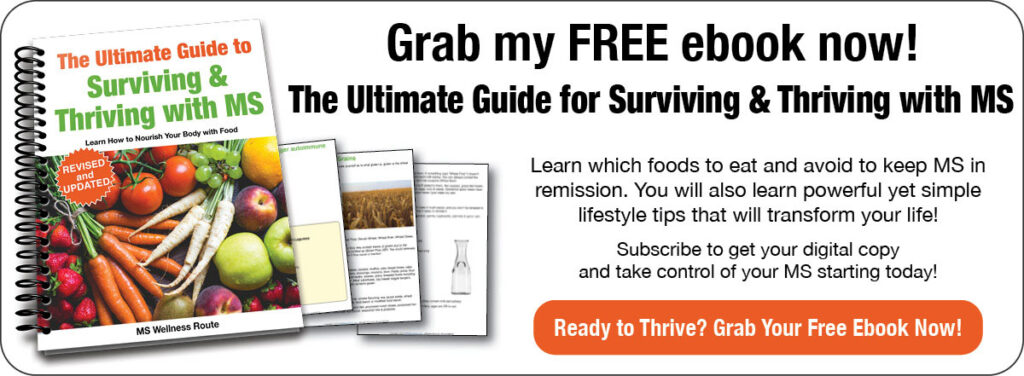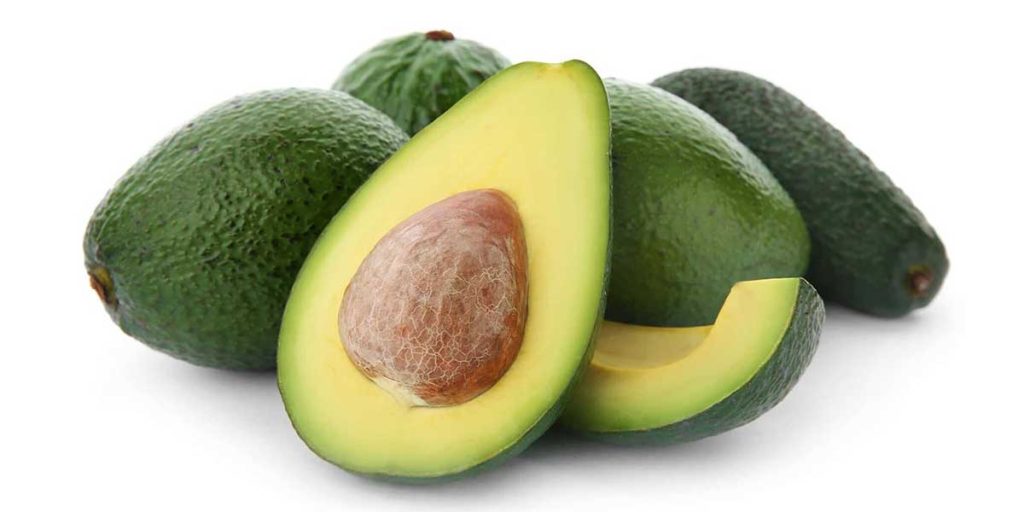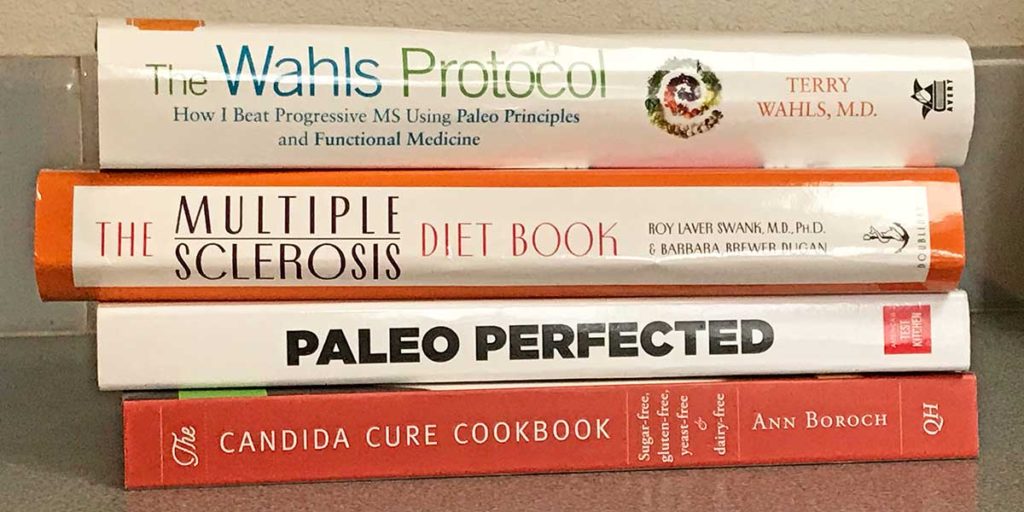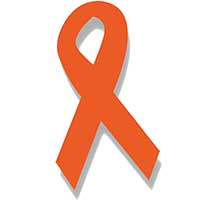Last Updated on November 17, 2023 by Cathy

Multiple sclerosis (MS) is a chronic inflammatory disorder. The cause of MS includes genetic predisposition and environmental factors. Including Epstein–Barr virus, low vitamin D3, and nutrition including micronutrients.
You can’t change your genes but you can change your gene expression by living a healthy lifestyle. Plus, genetics only play a small role.
Researchers discovered this when they studied identical twins. When one twin has MS the odds that the other twin will develop MS is only 30% chance. This means there is a 70% chance the other twin will not develop MS.
This led researchers to believe environmental factors played an important role. Twins may enter the world with the same risk for MS. But their habits and exposures determine whether they develop MS or not.
“Multiple sclerosis incidence and disease course are clearly influenced by environmental factors.” – PubMed
There are many things that can lead to the onset of MS. Including stress, infections, hormone imbalance, and nutrition.
Possible triggers to MS:
- Diet
- Infections
- Environmental Toxins
- Chronic Stress
- Hormones
- Genetics
Studies found people with MS are lacking important vitamins and minerals. It is well known that people with MS often have a vitamin D deficiency.
“We found significant differences in nutritional components between MS and healthy controls and between mild and severe MS patients.” – PubMed
People with severe MS tend to have lower iron and omega-3 values than people with less severe MS.

Eat a Nutrient-Dense Diet
Eating an anti-inflammatory diet is important to lower inflammation. This includes eating a wide variety of vegetables and fruit. Also, herbs, nuts, seeds, protein, and high-quality fats such as olive oil.
People are creatures of habits and changing a habit or behavior is not easily done overnight. This includes what we eat. Unfortunately, people tend to eat the same foods, even when they are eating a “healthy diet.”
This is why Dr. Terry Wahls, author of The Wahls Protocol, recommends people eat three cups of vegetables from each group:
- Leafy greens
- Colorful
- Sulfur such as broccoli and onions
A nutrient-dense diet provides vitamins and minerals needed for good health. Eating the same foods over and over does not provide all the nutrients needed for a healthy body.
To meet your nutritional needs you must eat many different kinds of foods.
“Nutrition is considered to be a possible factor in the pathogenesis of the neurological disease multiple sclerosis.” – PubMed
Essential Nutrients You Need to Eat

There are 6 essential nutrients your body needs:
- Carbohydrates
- Fats
- Minerals
- Proteins
- Vitamins
- Water
Carbohydrates also known as carbs come mostly from plant-based foods. You get carbs from fiber, starches, and sugars.
Fats come from both plants such as olive oil and animal sources such as salmon.
Minerals in food include copper, iron, magnesium, potassium, phosphorus, and zinc. They support brain and heart function. You get minerals from a variety of foods but there are especially found in:
- Avocados
- Berries
- Cocoa
- Cruciferous vegetables
- Leafy greens (e.g. beet greens, collard greens, kale)
- Nuts
- Organ meats
- Sardines
- Seeds
- Shellfish
- Starchy vegetables (e.g. sweet potatoes, parsnips, winter squash)
- Tropical fruit (e.g. bananas, mango, pineapple)
Protein is throughout the body, examples include collagen and insulin.
Vitamins are essential substances your body needs to thrive. You can get plenty of vitamins by eating a wide range of nutrient-dense foods.
Water is something your body cannot go without. People can fast for days but without water, your body starts to dehydrate within hours. People with MS tend to not drink a lot of water due to bladder issues. Water helps with constipation, lower inflammation, and temperature control, all symptoms of MS.
It is generally recommended that you drink 8 cups of water each day. An easy way to remember is to fill up a 1-liter glass jar and drink two of them each day. This way you won’t have to keep track of how many glasses you need to drink.
Macronutrients and Micronutrients

Nutrients fall into two categories, macronutrients, and micronutrients. Macronutrients include carbohydrates, fats, and proteins. While micronutrients include vitamins and minerals like calcium, B vitamins, and zinc.
The Cronometer app is a good way to track your macronutrients. It’s free so try it for one week and see if you notice you are lacking in any nutrients.
As the words sound macro means large while micro means small. Macronutrients are usually measured in grams. Micronutrients are usually measured in milligrams or even micrograms.
People don’t usually track micronutrients they are just as important as macronutrients. Here are some examples of micronutrients:
- Calcium
- Folate
- Iron
- Vitamin C
- Vitamin E
- Vitamins B-6 and B-12
- Zinc
People track their macros for different reasons. Bodybuilders track it so they know how much protein they should eat. My son is a type 1 diabetic, he tracks how many carbs he eats to maintain his blood sugar.
Macronutrients and micronutrients are vital to healing multiple sclerosis.
You may like to read A Step By Step Guide To Eating Healthy.
The Paleo Diet
The paleo diet is a macronutrient-based diet that focuses on an ancestral style diet. Which includes foods that would have been available to our Paleolithic ancestors. It includes eating plant-based foods, and high-quality meats.
But, if you aren’t careful you could become micronutrient deficient.
For example, dairy is a good source of calcium which is not allowed on a paleo diet. But, dairy isn’t the only food that has calcium. As a matter of fact, kale has more calcium than dairy. Kale has about 250 mg of calcium per 100g whereas whole milk has 110 mg per 100g.
Dairy is also not good for people with MS. A study found women who drank milk three or more times per day had a 47% increased risk of MS.
Popular Diets for MS

There are many popular diets for MS. One randomized control study looked into micronutrient intake among people with relapsing-remitting MS.
They found patients on the Wahls Protocol had lower levels of vitamins A, C, D, E, and magnesium. While patients on the Swank diet had lower vitamins C, D, and E.
This is why you need to eat a wide range of foods and keep track of what you are eating. This will ensure you are getting the nutrients your body needs each day.
Recommended Tests
Unfortunately, people with MS tend to have many deficiencies. Including B vitamins, copper, fatty acids, iron, magnesium, vitamin D3, and zinc. When eating a nutrient-dense diet your body may be having a hard time absorbing nutrients.
“The MS group showed lower dietary intake of food energy, total dietary fibers, cholesterol, total protein, and certain micronutrients and vitamins.” – PubMed
Bacterial flora, food intolerances, and infections can cause malabsorption. These are some blood tests that can help pinpoint if there is a problem. (They don’t show where the problem is, only that there is a problem.)
Blood tests to keep track of include:
- A1C – checks blood sugar levels which should be below 5.7
- C-Reactive Protein (CRP) – checks inflammation levels which should be 1 mg or lower, 0.80 or lower is optimal
- Homocysteine – checks the level of amino acids in the blood, it should measure between 6-9 umol/L
- Vitamin D – an optimal range for people with MS should be between 60-80 ng/mL
MS and Osteoporosis
People with MS are also at a higher risk for osteoporosis. Both, MS and osteoporosis are due to a nutrient deficiency. Common risk factors include inactivity and low vitamin D levels.
“There has been mounting evidence showing that MS is associated with increased risk of osteoporosis and fractures.” – PubMed
Tip:
- Improve your posture by sitting and standing tall
- Exercise to build muscle and bone strength
Avoid high-impact exercises or exercises that have you bending or twisting. If you have balance or mobility issues due to MS they can cause you to fall and get hurt.
Resistance exercises are an excellent choice for both MS and osteoporosis. OptimalBody Personal Fitness is the perfect solution.
OBP Fitness is an online gym that also has MS. He created exercises that help people with MS to build strength and mobility. The exercises use tension bands which also help build stronger bones.
Quick Links To Information In This Post:
How To Eat A Nutrient-Dense Diet
What Is The Wahls Protocol?
Multiple Sclerosis And Vitamin D
What Is The Paleo Diet?
Micronutrients and Multiple Sclerosis
There are many diets for MS but not one is perfect. Due to food sensitivities, histamines, mold, and yeast overgrowth many micronutrients could end up missing in a person’s diet.
Since studies found people with multiple sclerosis are missing key macro and micronutrients it’s important to pay attention to what you’re eating. – Or not eating.
Eat a nutrient-dense diet, sleep, drink water, lower stress, and exercise!

Free Wellness Library!
Subscribe for free and I’ll send you the password to my secret library filled with many printables for your wellness journey.
Want to remember this health tip? Pin it to your Pinterest board!

Photo by RODNAE Productions from Pexels
Resources for Micronutrients and Multiple Sclerosis:
https://www.ncbi.nlm.nih.gov/pmc/articles/PMC5241505/
https://www.ncbi.nlm.nih.gov/books/NBK217508/
https://pubmed.ncbi.nlm.nih.gov/24871932/
https://www.ncbi.nlm.nih.gov/pmc/articles/PMC8540533/
Micronutrients and Multiple Sclerosis





